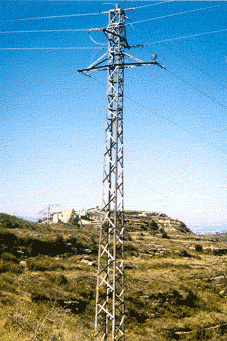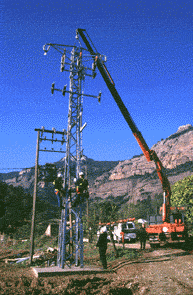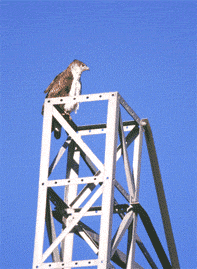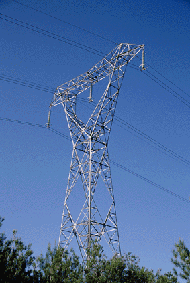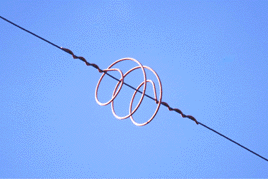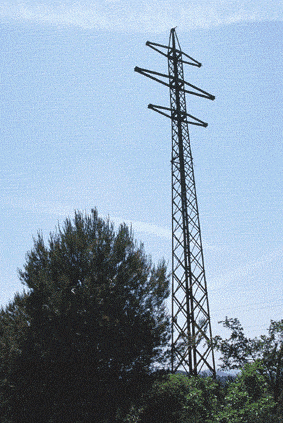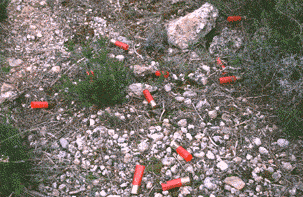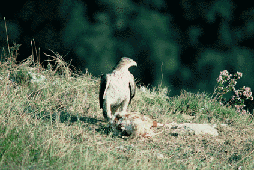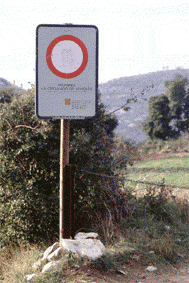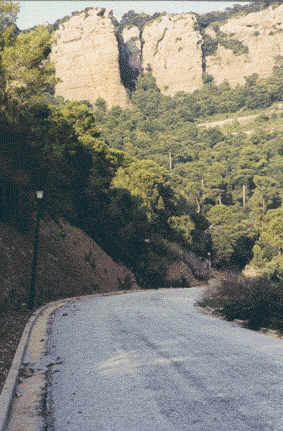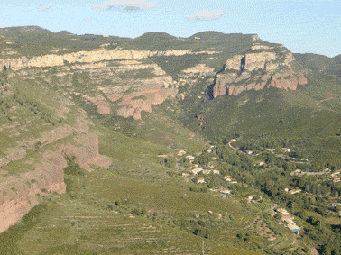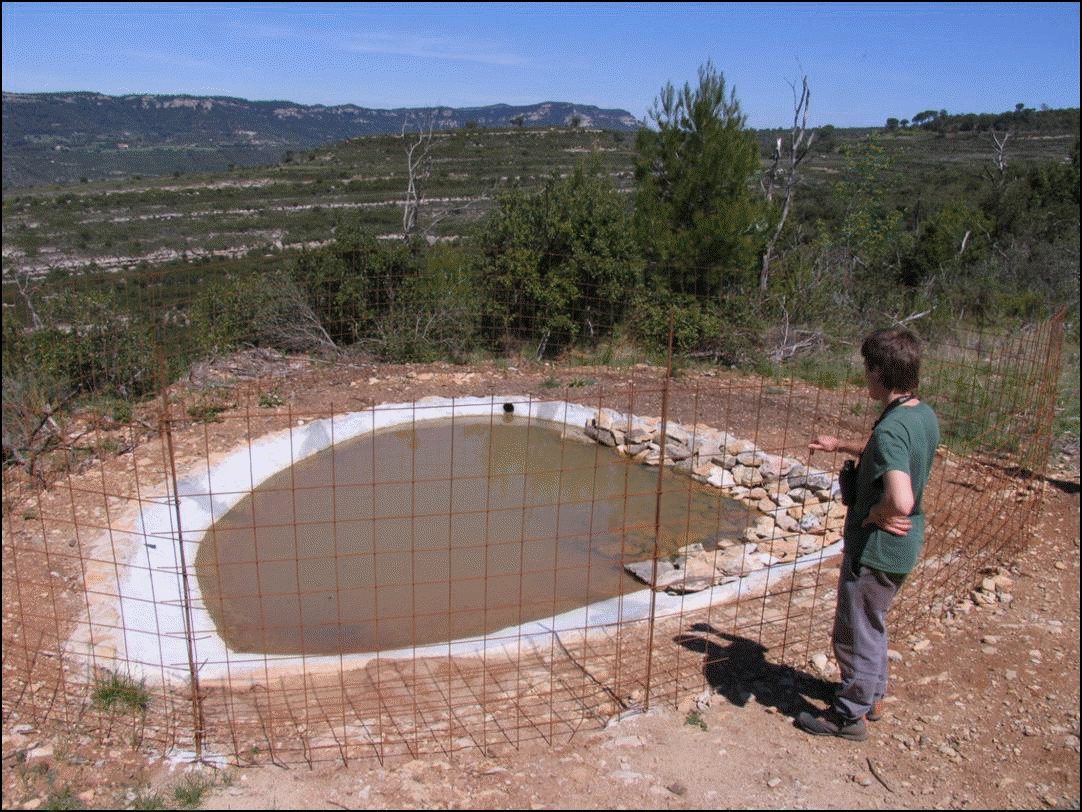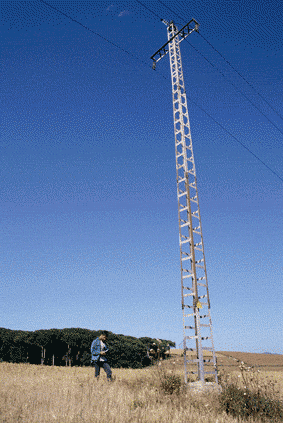|
The electrocution is the cause of 60 % of the deaths of Bonelli's Eagles in Catalonia (adults and non-adults). For this reason studies
have been realized to detect the principal points of electrocution in
breeding and dispersal areas of Bonelli's Eagle in Catalonia.
Studies in the nesting areas of Bonelli´s Eagle
More
than 20,000 electrical supports located in the sectors precoastal and
coastal of the province of Barcelona are cartografhied; they are
included in the natural parks of Sant Llorenç of the Munt - Serra de
l'Obac, Montseny and Garraf, in the Spaces of Natural Interest
(EIN) of Cingles de Bertí, Gallifa, l'Ordal and in the areas located
around all these protected natural spaces.
It is determined that the correction of all the supports catalogued
like more dangerous, approximately a 5% of the total, would avoid 70%
of the electrocutions of birds that take place in this zone.
Study financed by the Area of Natural Spaces of the Diputació de Barcelona.
Studies in the dispersal areas of juveniles of Bonelli's Eagle
Collaboration
in a study to detect the principal points of electrocution existing in
the dispersal areas of the juveniles of Bonelli's Eagle placed in
the province of Lerida (IBA 142 and 144).
It is determined the electrocution risk of more than 3,000 pylons placed in a total area of 800 km2.
It is stated that these natural areas of the province of Lerida are one
of the principal zones of Catalonia where the electrocution affects
more seriously a great number of birds, principally juveniles of
several species of birds of prey.
Work financed by the Servei de Protecció de la Natura of the
Departament de Medi Ambient of the Generalitat de Catalunya and the
Fundació Miquel Torres.
Application of anti-electrocution measures
1. Signature of a pioneering agreement
of collaboration in Catalonia involving the company FECSA-ENDESA, the
Diputació de Barcelona and the Universitat de Barcelona, for the
detection and later correction of the electric pylons that bear a major
risk of electrocution for the birds present in the province of
Barcelona.
The Departament de Biologia Animal of the Universitat de Barcelona
advises the technicians of FECSA-ENDESA in the tasks of correction of
the dangerous electricity pylons, and develops the new studies for the
location of power lines dangerous for the birds. The company
FECSA-ENDESA realizes the corrections agreed with the researchers of
the University of Barcelona, and assumes the economic expenses derived
from the application of these measures. The Àrea d'Espais Naturals of
the Diputació de Barcelona watches over the correct application of the
work plan and finances new studies for the location of electrocution
points for birds within the territorial limits of the open spaces
that it manages.
In the framework of this agreement there have been corrected 450
dangerous pylons placed in the Nature Reserve of Sant Llorenç del Munt
– l´Obac and outskirts (province of Barcelona), in an area where three
adult specimen of Bonelli´s Eagle had been found electrocuted. In the
later monitorings of the corrected supports any bird species has been
found electrocuted.
2. Signature of an agreement of
collaboration with the company ELECTRA CALDENSE S.A. from Caldes de
Montbui (province of Barcelona) and the Diputació de Barcelona,
to locate and to correct the dangerous pylons present in the power
lines of distribution of its property, which are included in two
territories of Bonelli's Eagle.
3. Signature of an agreement of
collaboration with the company ESTABANELL Y PAHISA ENERGIA SA of
Granollers (province of Barcelona) and the Diputació de Barcelona,
to locate and to correct the present dangerous pylons in the power
lines of distribution of its property in a territory of Bonelli's eagle. Bibliographical references :
A28, C21, E12,
E13, E14, E15 and E17.
See also the news section.
| 


